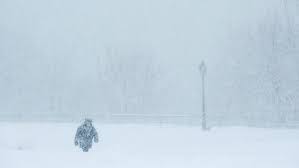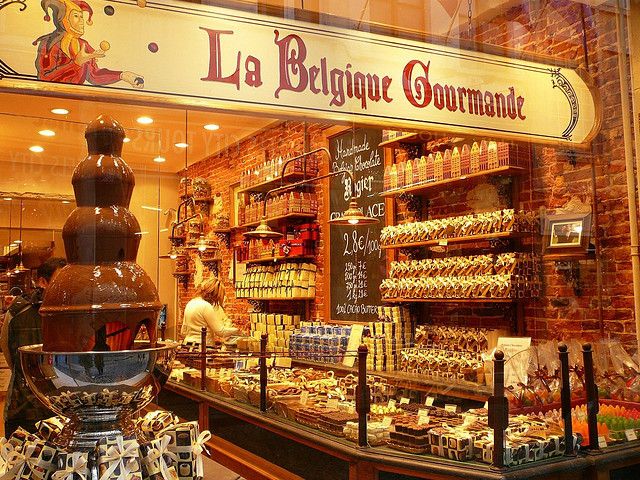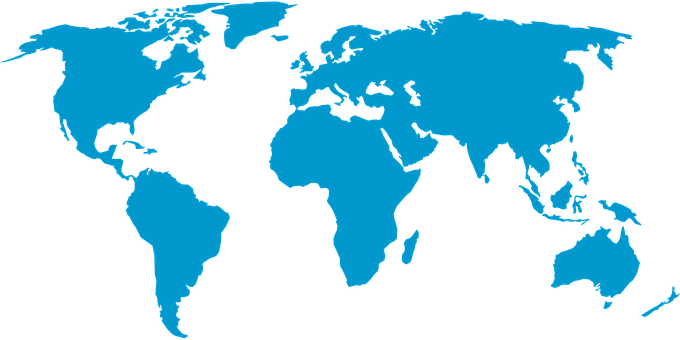Blue Zones of the World
October 28, 2021
There are five specific locations in the world where life expectancy is over 100 years old (fun fact: the name for people who live to be over 100 years old is “centenarians”). These five areas in the world, named the “Blue Zones”, are Loma Linda, CA, USA; Nicoya, Costa Rica; Sardinia, Italy; Ikaria, Greece; and Okinawa, Japan. The man responsible for uncovering these full-of-life places is Dan Buettner, who worked in conjunction with National Geographic and the National Institute on Aging to find out the secret of living a long life. Each of the locations Buettner visited has active communities, healthy foods, and some other factors unique to themselves, such as Nicoya’s magnesium and calcium-rich water.
Buettner’s expedition to find the secret to longevity helped him reverse-engineer exactly what he observed about the day-to-day life of people in the Blue Zones. The factors that were observed were put into a chart called “Power 9”.
Power 9:
- Move Naturally – people in the Blue Zones do not necessarily exercise, but move naturally as their daily tasks demand of them.
- Purpose – knowing one’s purpose has been proven to be a significant factor in increasing longevity.
- Downshift – taking a moment of the day to relax and forget about one’s stress is very important. For example, Ikarians take naps during the day and the Adventists of Loma Linda pray.
- 80% Rule – this rule comes from a 2500-year old Confucian mantra that is said before eating meals in Okinawa: “Hara hachi bu”. It reminds them to stop eating when their stomachs are 80% full.
- Plant Slant – most centenarians have beans (i.e. black, lentil, soy) and vegetables as the cornerstones of their diets. They only eat meat around five times a month.
- Wine at 5 – in all the Blue Zones, except for Adventists, people usually drink around 1 to 2 glasses of wine with dinner and friends/family. This is not exactly relevant to Austin Prep as none of the students are of legal drinking age.
- Belong – the vast majority of centenarians are part of a faith community. Attending faith-based services can add around a decade to someone’s life.
- Loved One’s First – in the Blue Zones, people put their families first. This means being close to aging parents or loved ones.
- Right Tribe – the long lived people of the Blue Zones all joined social circles that stick together at some point in their lives. In Okinawa, children that turn 5 years old join a moai which is a group of five friends that stay true to each other for the rest of their lives.
The Blue Zones provide the rest of the world with important insight on how to increase the overall life expectancy of humans. As of this year (2021), the worldwide life expectancy is 72.86 years of age. In 1950, it was 45.51 years. This huge gap shows how much life expectancy can change, and with Buettner’s findings, it will most likely increase a lot over the next several decades.
The world as a whole should be incredibly grateful to the centenarians of the Blue Zones for providing such useful knowledge. It will, without a doubt, help scientists researching longevity understand more about the mysteries of humans and other huge puzzles.

























